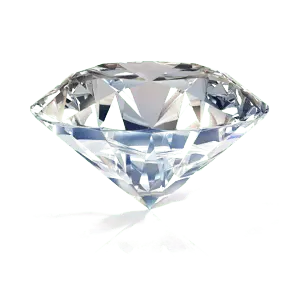Do you often struggle with finding inspiration even you have the skills and knowledge? Inspiration is not a feeling we can summon at will. However, you can ignite your passion to create by seeing themes that connect with your resonant aesthetic principles. Breathe life into your jewellery designs with themes and stories that speak. Identify a unique aesthetic that defines your collections, designs & creations with professional guidance through eight universal patterns of beauty. Explore and predict future colour and theme trends in fashion and jewellery.
This training will help you identify and record the design patterns that resonate with you and translate them into desirable jewellery creations! This is not an academic lecture series... it is a truly interactive workshop where you will surprise yourself with your personal discoveries!
What You Will Learn
-
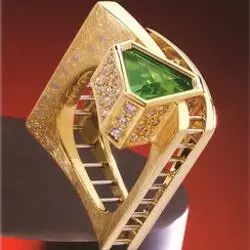
Aesthetic Archetypes
Understand and connect with your own archetype or resonant combination of archetypes. Aesthetic archetypes are common combinations or patterns of visual elements that can evoke certain feelings or thoughts from different people. Each archetype has its own group of visual elements, characteristics, and appeals to different groups of individuals. Understanding and utilising these in your design process can help focus on your target market.
-
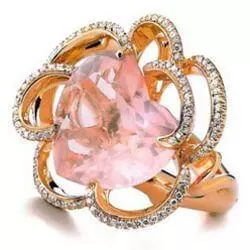
Design Language
Explore in-depth design language and the various standard visual elements that make up a good design. By using the right design language to describe your ideas and designs, you can increase the effectiveness of sales and manufacturing conversations.
-

Flow States
Learn about creative 'flow state' and how you can use archetypes to enter your flow state that is consistent with your brand. Flow can enhance your performance in both productivity and creativity. With flow you get better results faster, and at the same time accelerate your learning and skill development!
-
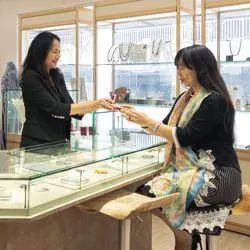
Apply Flow To Sales
Use this new knowledge to help customers connect with your designs and increase conversions & repeat sales. Not only you can understand your customers’ taste and preference faster, but you can also communicate with them better using the vocabulary of archetypes and flow.
-
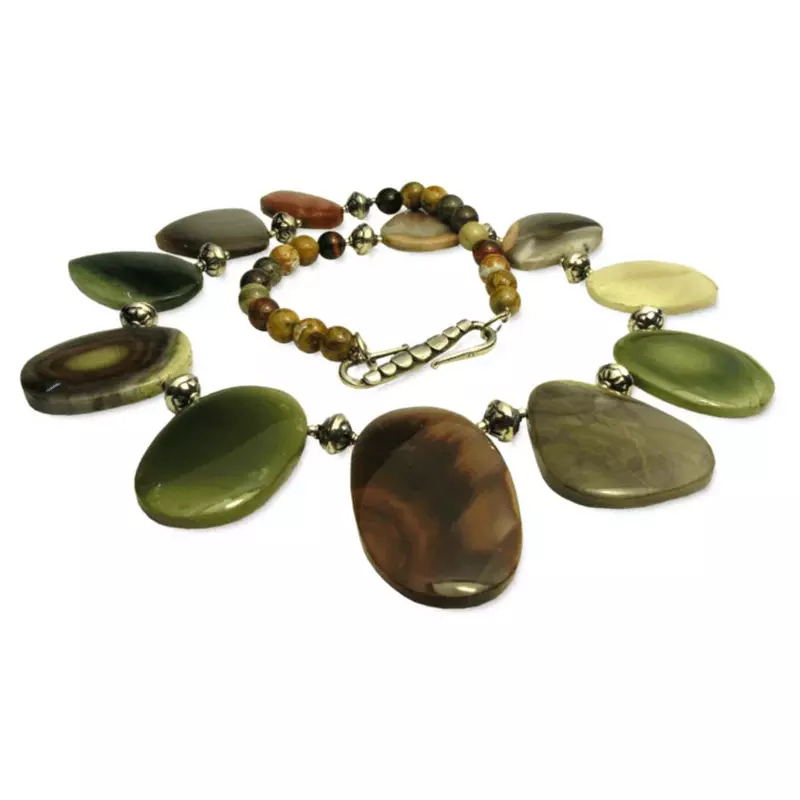
Contemporary and Present-day Jewellery Trends
Contemporary and Present day Jewellery TrendsExplore the various social factors and trends that influence fashion designers' decisions on the coming season's colours and themes. Understand cycles of popularity that affect gemstones, metals, jewellery styles and modern-day short-term fashion trends. After that, learn to apply these findings into the templates of colours, textures and materials of your product storyline.
-
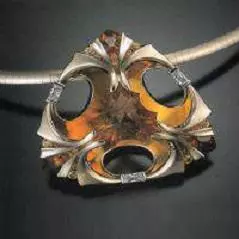
Understanding Predictions of Future Trends
Master different ways to monitor upcoming trends in Jewellery. Learn about Gemvisions, TrendHunter and TrendVision Forecasts that are great resources for monitoring trends. Apply this knowledge, combined with expert-developed assessments of the current zeitgeist and your own observations to make important design decisions. This course concludes in a project presentation of a theme, template and strategy of your jewellery line that will get you a head-start on producing up-to-date, saleable jewellery!
- 1
Course instructor
-
Rob Schilling
Rob Schilling is an expert global trainer, professional coach, jewellery designer, and a JDMIS graduate. Rob has passionate interest and decades of experience working in both jewellery industry and corporate training for C-suite professionals. Read More
- 1
Video introduction
2 minutes on Youtube
-
Learning materials
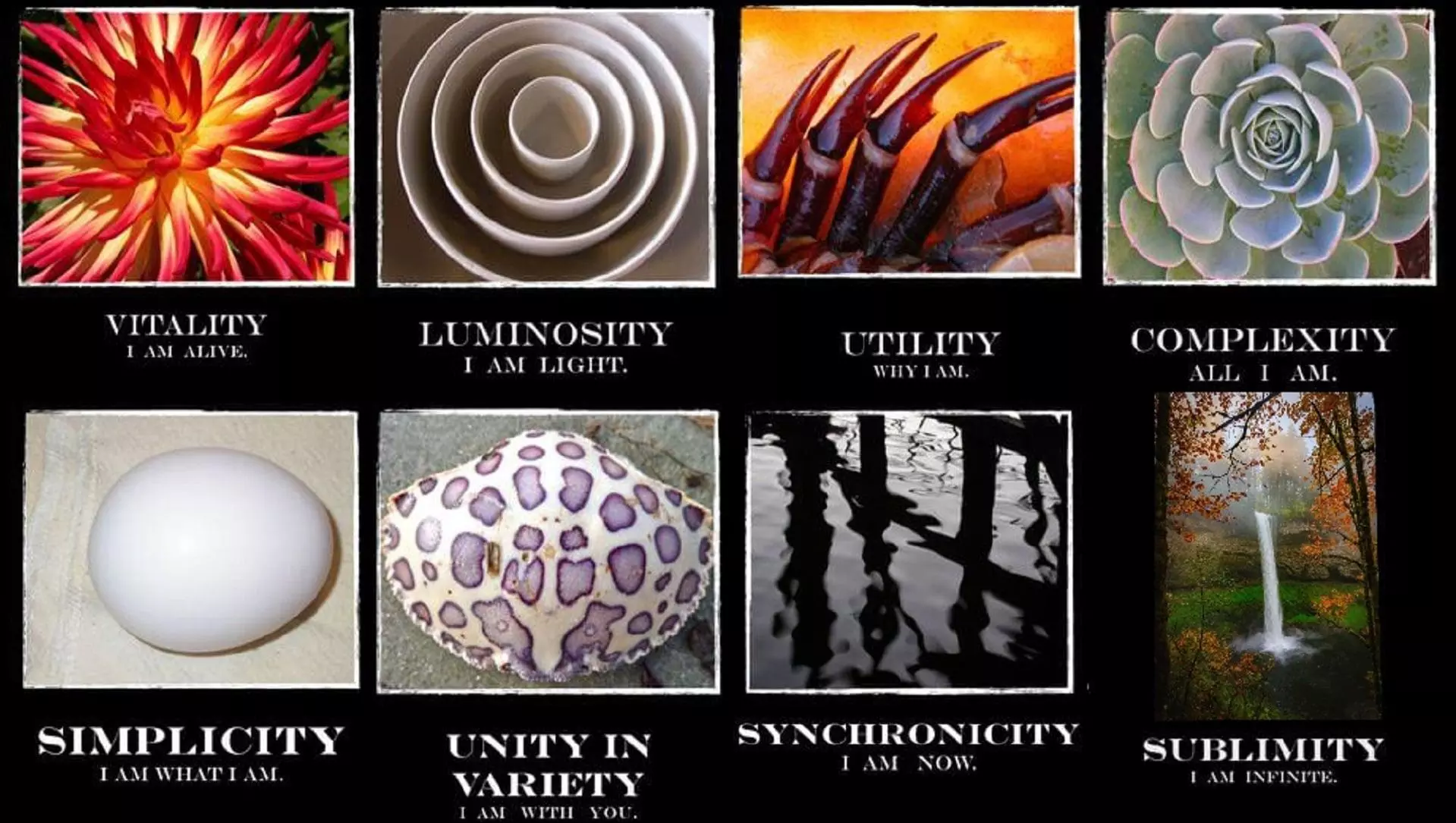
Like all JDMIS courses, students receive everything they need to complete all their coursework. In this course, you receive a 50-page workbook, a special e-book by famous artist Susanne Merrit and useful reference materials that are going to guide you to search for upcoming and future jewellery trends to keep you at the forefront of fashion.
-
Learning path
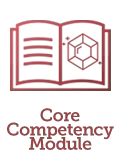
This course is a Core Component of all learning paths. We refer to these modules as CC.
Prerequisites: None .
Next Steps: Design your own jewellery
or DD100 - Fundamentals of Digital Jewellery Design (CAD)..
JD100 - Creative Drawing and Essential Jewellery Knowledge.Complementary Jeweller's Knowledge:
GT200 - Jewellery Trade Practices 2: Gem Identification Methods.
-
Duration

30 hours
1 week (Full-time), or
5 weeks (Part-time)JDMIS runs weekday & weekend schedules for this popular course. JDMIS also has flexible make-up schedules and graduates can return without cost for refresher courses (subject to availability).
- 1
Student reviews
The jewellery creations of the past can be observed as inspirational objects and wearable museums full of information about past cultures, materials and techniques. In this fascinating twist on a 'history course' you will see how to combine the past with contemporary jewellery trends to inspire the future. Beyond the historical, you will also learn more about the world's most famous jewellers and what decisions they made to help them build instantly recognisable global brands.
Course outline
Studying jewellery of the past will provide you with insight into how the fabrication limitations and beliefs of the time influenced jewellery design and how similar concepts in today's fashion and jewellery can be applied. As new fabrication methods, materials and cultural concepts develop, you are encouraged to consider how similar evolutions affected previous eras of jewellery and use this information to develop your own avant-garde and trend-setting designs.
-
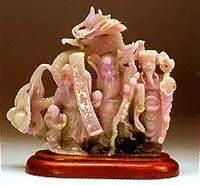
1. Overview of important periods related to Jewellery
This overview showcases the different materials, technologies, cultures and mindsets that produced the jewellery of the past. You will understand…
-
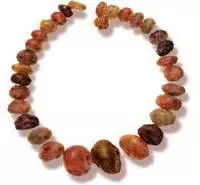
2. Jewellery from the Bronze Age and earlier
Basic yet powerful, the jewellery of the earliest humans was both ornamental and ceremonial. Explore the materials and many forms…
-
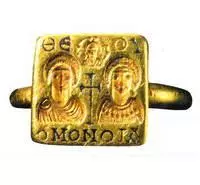
3. The Ancient World: 3000BC to 700AD
The increase in trade between emerging civilisations meant new materials and markets for jewellery craftsmen. Explore the creations of the…
-
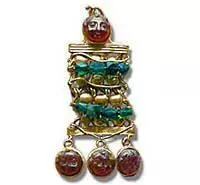
4. Jewellery of the Middle Ages 800AD to 1500 AD
The overwhelming effects of Christianity and the Roman Empire on jewellery during this time is undeniable. Simultaneously, important Asiatic contributions…
-
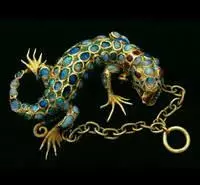
5. The Renaissance and Baroque Periods
The developments that led to what we now know as 'Baroque Pearls' are revealed. Exquisite pendants and brooches exemplifying the…
-
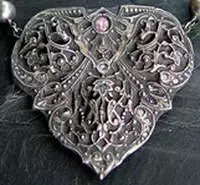
6. Rococo, Victorian and Belle Epoque Eras
Increased trade among the cities of Europe led to a burst of trends, such as the "hair jewellery" of the…
-
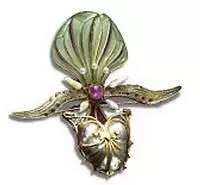
7. Art Nouveau: 1890-1914
Departing from the classicism which preceded it, Art Nouveau defined a new era full of flowing, organic shapes and floral…
-
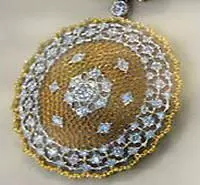
8. Edwardian Period: early 20th century
Sensual and feminine, the Edwardian era replaced the conservatism of the Victorian era. Signature design elements include intricate filigree and…
-
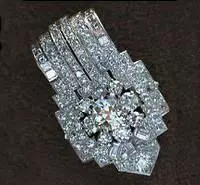
9. Art Deco: 1920-1940
The influence of modern architecture on Art Deco jewellery is revealed, especially in regard to the style's use of clean…
-
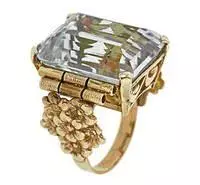
10. Retro Period: 1940-1960
As a result of the embargoes and difficulties of the Second World War, gemstones and precious metals became less accessible…
- 1
Course Instructors
-
Rob Schilling
Rob Schilling is an expert global trainer, professional coach, jewellery designer, and a JDMIS graduate. Rob has passionate interest and decades of experience working in both jewellery industry and corporate training for C-suite professionals.
Read More
- 1
-
Rob Schilling
Rob Schilling is an expert global trainer, professional coach, jewellery designer, and a JDMIS graduate. Rob has passionate interest and decades of experience working in both jewellery industry and corporate training for C-suite professionals. Read More
- 1
Student reviews
-
Tools and materials
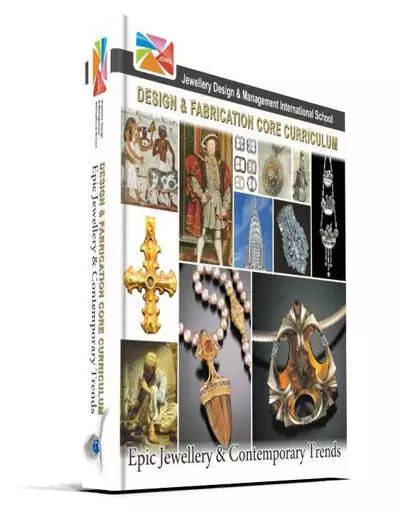
Like all JDMIS courses, students receive everything they need to complete all their coursework. In this course you receive over 500 pages of colour reference that are going to giude you through the entire duration of the course and beyond. All the references have been meticulously compiled by our expert team at JDMIS.
-
Learning path

This course is a Core Component (CC) of all Diploma learning paths.
Next Step (Advanced Jeweller's Knowledge):
FT200 - Jewellery Fashion Trends 2: Aesthetic Self Discovery and Future Trends.Next Step (Complementary Jeweller's Knowledge):
GT100 - Jewellery Trade Practices 1: Gem and Jewellery Trade Secrets.Participants attending and completing this programme can choose to enroll for any full diploma.
-
Duration

30 hours
1 week (Full-time), or
5 weeks (Part-time)JDMIS runs weekday & weekend schedules for this popular course. JDMIS also has flexible make-up schedules and graduates can return without cost for refresher courses (subject to availability).
- 1
Gemstones have long been the fascination of mankind and even today, beautiful and valuable gemstones are coveted all over the world. But can you really tell whether the gemstone you bought is the real deal?
In today’s market, it is becoming increasingly common to encounter synthetic and imitation gemstones, or natural gemstones that have been treated using one or more ingenious enhancement methods – these are materials that are difficult, or even impossible to distinguish from natural gemstones just by eye.
The GT200 series, Gem Identification Methods, is a follow-on course from the first course in gemmological foundation, and is intended as a practical guide for determining the true identification of gemstones with proper gemmological procedures and equipment. There will be ample opportunities for participants to have hands-on gem identification practice with natural, synthetic, imitation, and treat gemstones using a battery of tools provided in this programme.
Kindly note that this is an advanced course that requires the prior completion of GT100 - Gem and Jewellery Trade Secrets Certificate.
Course outline
-
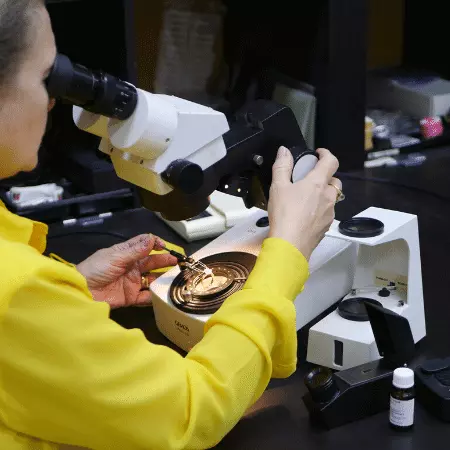
Introduction to Equipment and Identification Process
Learn how to determine the true identification of gemstones with proper gemmological procedures using equipment such as the polariscope, dichroscope, spectrometer, microscope, and other important tools.
-
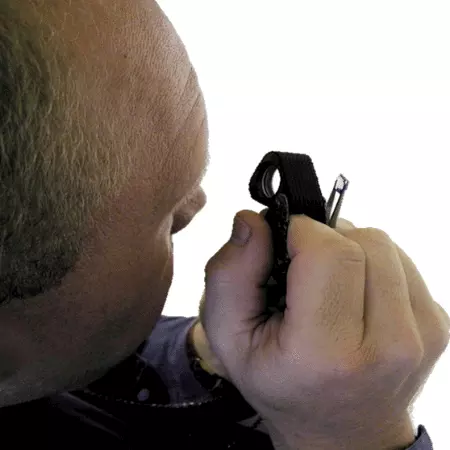
General Observation with/without Loupe Use and Completing Gem Worksheet
Learn the key qualities of gemstones to look out for in the first step of the identification process that will guide you to using the right equipment to achieve the most accurate findings
-
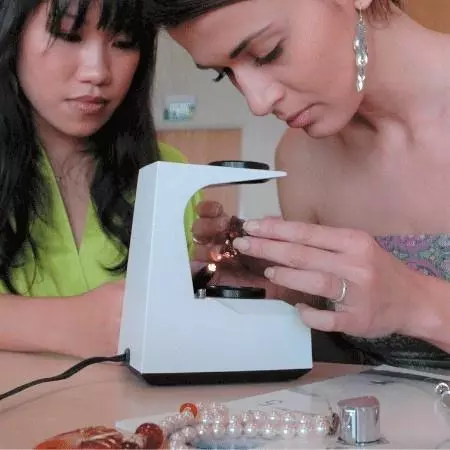
Polariscope and Dichroscope Uses and Practice
Learn how to use these important tools to confirm whether your gem material is singly or doubly refractive – a very useful step to assess between gem types and rule out many possibilities quickly.
-
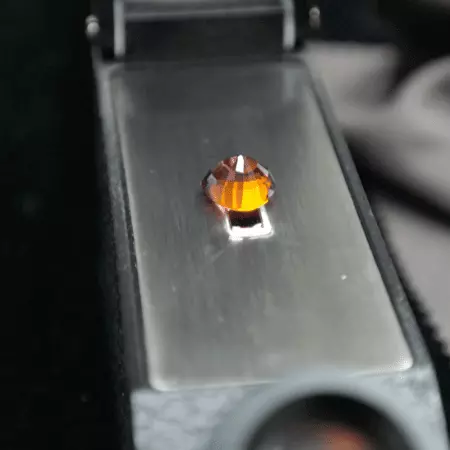
Refractometer Part 1, Understanding and Finding Refractive Indices
Different gemstones have different refractive indices, and since few gems share the exact same refractive index, the refractometer is a great way to start the identification process and eliminate the majority of possibilities. This session focusses on faceted gems with polished and flat surfaces.
-
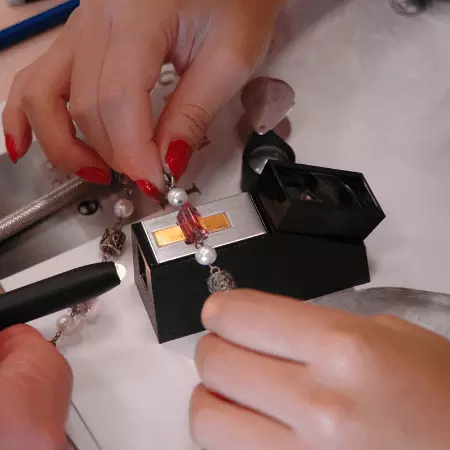
Refractometer Part 2, Spot Readings and Optic Character
Explore another technique for RI testing of gemstones that have no flat surfaces (e.g. beads, carvings, and some cabochons) and how to find optic character (a useful identifying feature) using the Refractometer.
-

Use of the Microscope and Understanding Inclusions
The world of gemstone inclusions is one of the most fascinating topics in gemmology. Learning to recognise typical inclusions and distinguish them from synthetic inclusions may eventually help you to identify a gem species.
-
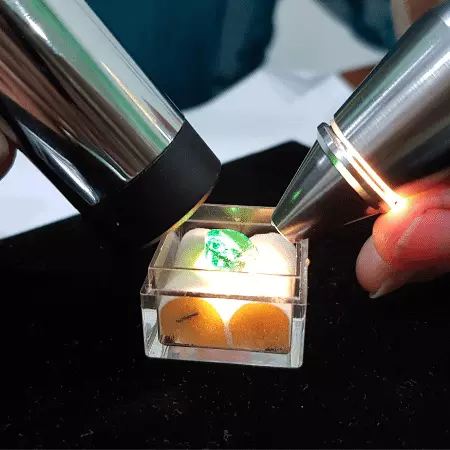
Spectroscope Uses and Practice
Learn how to observe the absorption spectra of gemstones using the spectroscope, which can help shine a light on evidence of treatments and dyes, and also distinguish between natural and synthetic materials.
-
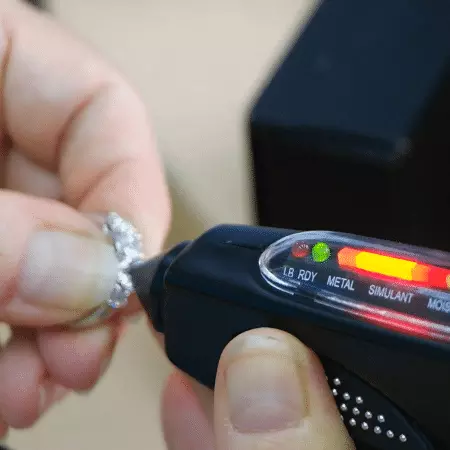
Diamond Tester Uses and Practice
Learn to use diamond tester and screeners to quickly separate diamonds from diamond simulants.
-
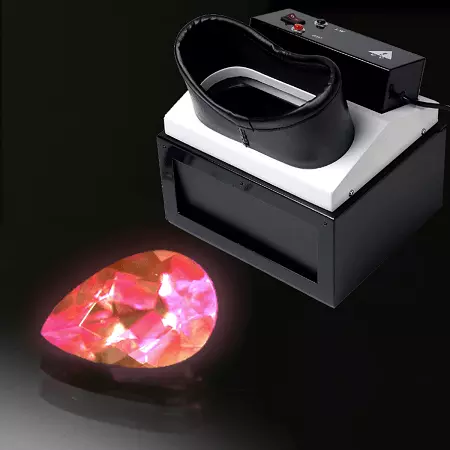
Fluorescence Testing
Learn how fluorescence testing is used to distinguish between natural and synthetic gemstones, detect assembled gemstones and spot treatments that have been applied to gemstones.
-
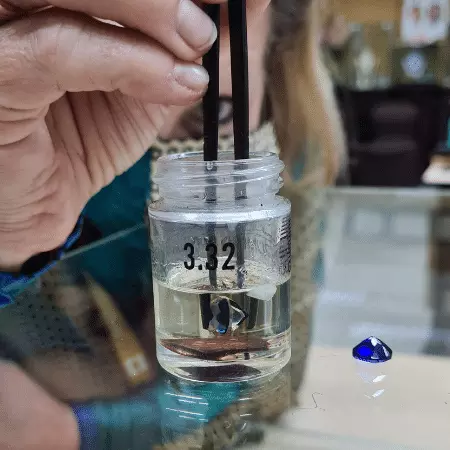
Specific Gravity and Immersion Testing
Immersion testing will be demonstrated to students to show how specific gravity of gemstones can also be used to narrow down the list of possibilities.
-
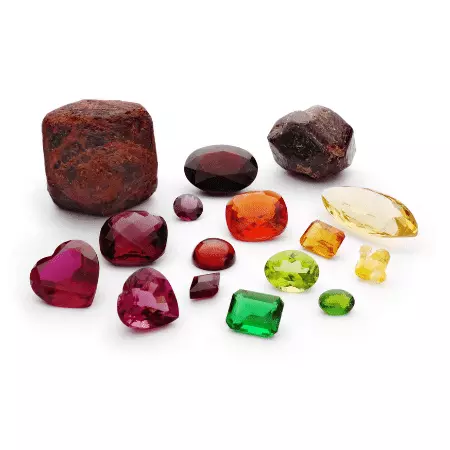
Completion of Testing up to 100 Gems
Students will have hands-on practice using gemmological equipment in class to perform testing on up to 100 gems throughout the course.
- 1
The instructor
-
Tanja Sadow
Tanja is an award winning jewellery designer & gemmologist with more than 4 decades of experience educating the jewellery industry across 4 continents. Dean and founder of JDMIS, Tanja works with aspiring artisans as well as top jewellery brand team members to help them achieve brilliance in their careers. Read More
- 1
-
Tools & Materials
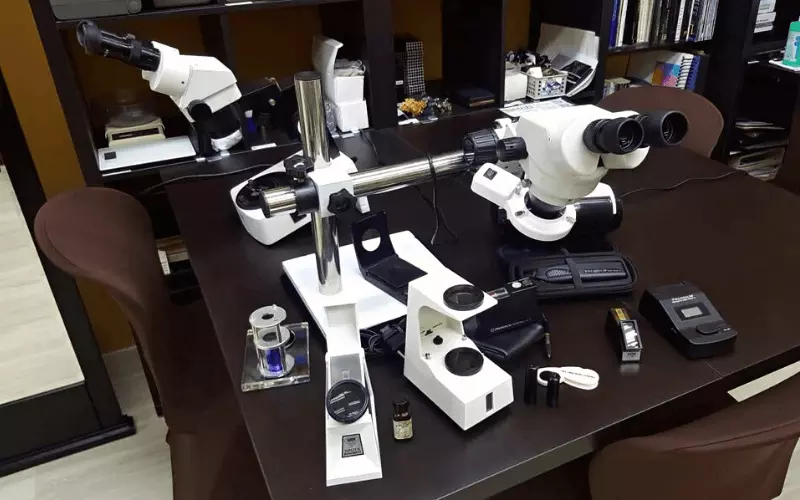
Like all JDMIS courses, students receive everything they need to complete all their coursework during class. This course includes reference materials and the use of the gemmological equipment during class in order for you to identify up to 100 gem exhibits.
Students are expected to bring to class their own tools given in the GT100 course (i.e., their loupe, tweezers, gem cloth, weighing scale, and penlight).
-
Facilities
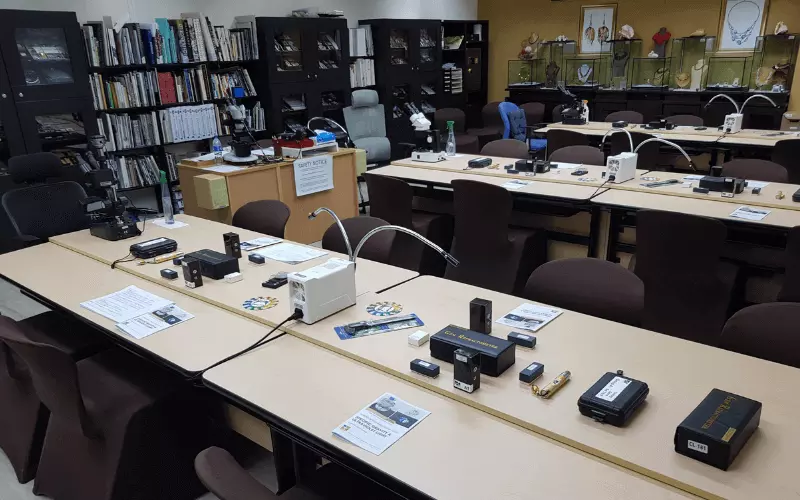
This popular course takes place in the Gem Vault where participants are able to see, examine, scope and understand Tanja's collection of over 1,200 gems, jewellery pieces and examples, including rare and valuable specimens as well as common imitations found in jewellery markets in the region.
-
Learning path

This course is a Core Component of all learning paths. We refer to these modules as CC.
Prerequisites:
GT100 - Jewellery Trade Practices 1: Gem and Jewellery Trade SecretsNext Step (Advanced Jeweller's Knowledge):
FT200 - Jewellery Fashion Trends 2: Aesthetic Self Discovery and Future TrendsParticipants attending and completing this programme as a stan-alone certification can choose to enroll for any full advanced diploma.
-
Duration

30 hours
1 week (Full-time), or
5 weeks (Part-time)JDMIS runs week-day, weekend and weeknight courses for this popular course. JDMIS also has flexible make-up schedules and graduates can return without cost for refresher courses (subject to availability).
- 1









